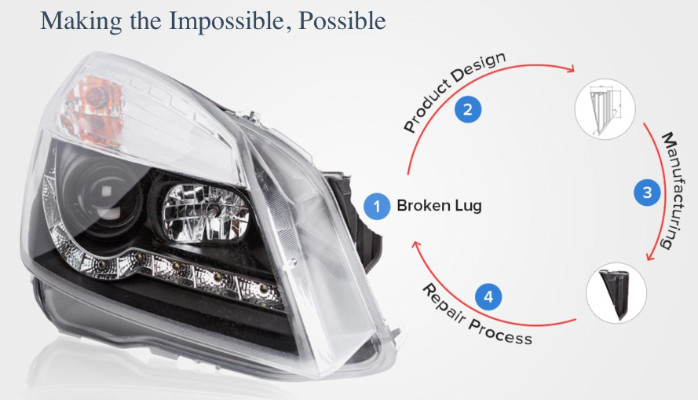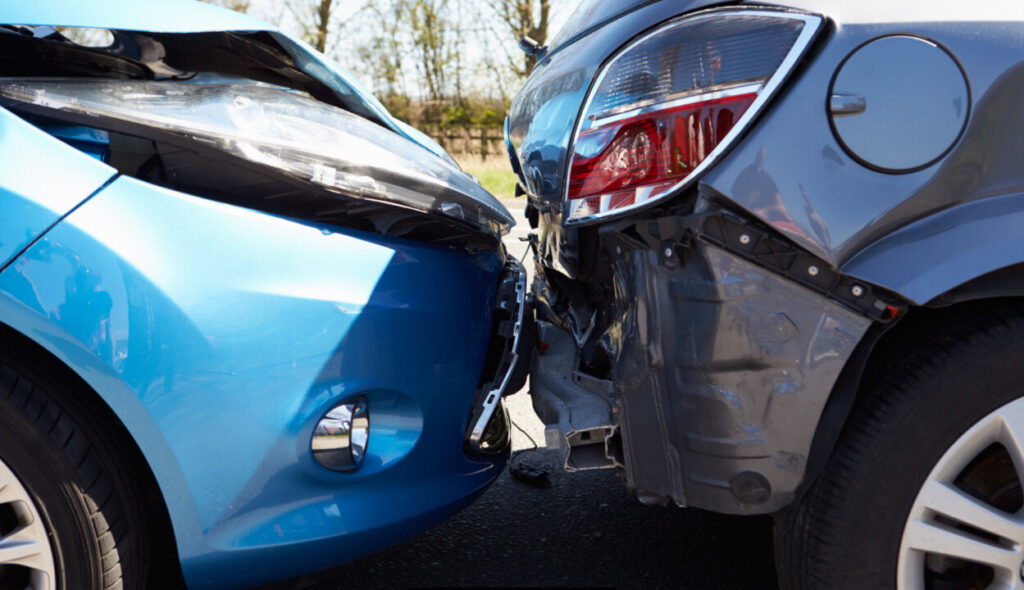The collision repair industry is grappling with a tough question: how can stakeholders justify the return on investment (ROI) in research and development (R&D)? Unlike other sectors where innovation translates to product differentiation or premium pricing, the collision industry operates on thin margins and faces relentless cost pressures. For many organizations, innovation is no longer a luxury—it’s a necessity. Yet, the path to achieving meaningful ROI has become increasingly unclear.
The Challenges of R&D in Collision Repair
Innovation in the collision repair industry doesn’t come cheap. The costs of advancing technology, developing new materials, and staying ahead of sustainability demands are rising. Unfortunately, the benefits of these investments are often delayed or diluted by three core challenges:
- Fragmented Efforts
Many organizations pursue R&D independently, duplicating efforts across the industry. While this approach may foster competition, it also inflates costs and limits the collective impact of innovation. Valuable resources are wasted on overlapping projects, leaving the industry struggling to achieve true breakthroughs. - Slow Adoption
Even when cutting-edge technologies or standards are introduced, they often face resistance. New tools, processes, or materials may disrupt established workflows, leading to hesitation in adoption. This slow integration diminishes the potential returns on the initial R&D investment, delaying benefits for all stakeholders. - Unpredictable Market Dynamics
The collision repair market is anything but stable. Fluctuating repair demands, supply chain disruptions, and evolving regulatory requirements make it difficult to forecast long-term benefits. This unpredictability creates hesitation, as stakeholders question whether their R&D investments will yield consistent returns.
In this environment, it’s clear that the industry needs a new approach—one that moves beyond fragmented individual efforts and embraces the power of collaboration.
Collaboration: A Path to Smarter Innovation
The solution to the collision repair industry’s R&D woes lies in collaboration. By pooling resources, sharing knowledge, and aligning goals, stakeholders can tackle shared challenges more effectively. A collaborative R&D model shifts the focus from competing for innovation to working together on foundational technologies, tools, and standards that benefit everyone.
The Case for Collaborative Efforts
A collaborative approach to R&D offers several key advantages:
- Cost Sharing
By pooling financial resources, participants can significantly reduce individual expenses. This collective funding enables larger and more ambitious projects that would be financially unattainable for a single organization. - Avoiding Duplication
Joint efforts eliminate redundancy. Instead of multiple organizations working on the same problems independently, resources can be directed toward high-priority innovations that address the industry’s most pressing needs. - Faster Innovation
Collaboration leverages the expertise and data of multiple stakeholders, accelerating the development and deployment of new technologies. For instance, universal ADAS calibration standards or 3D-printed repair components could be realized more quickly through shared efforts. - Sustainability Impact
The industry’s push for greener practices can benefit from a unified approach. Joint R&D initiatives focused on eco-friendly repair techniques, recycling methods, and waste reduction can help meet environmental goals while improving operational efficiency. - Shared Knowledge Base
Collaborative platforms foster the exchange of best practices and insights, ensuring that even smaller organizations can benefit from advanced research and development.
Who Should Lead Collaborative R&D?
For a collaborative R&D model to succeed, it requires strong leadership and effective governance. Several entities are well-suited to guide such an initiative:
- IBIS (International Bodyshop Industry Symposium):
As a respected global organization, IBIS has the experience and neutrality to unite diverse stakeholders. Its history of fostering collaboration makes it an ideal candidate to manage a shared R&D effort. - A New Alliance of Industry Leaders:
A coalition of OEMs, insurers, repair networks, and suppliers could form an alliance to oversee collaborative R&D, setting shared goals and managing resources effectively. - A Dedicated Entity:
Establishing an entirely new organization focused solely on R&D for the collision repair industry could ensure accountability, focus, and flexibility.
Overcoming Barriers to Collaboration
Collaboration isn’t without its challenges. Concerns about competition, intellectual property, and coordination complexity can hinder progress. However, these barriers can be addressed with clear strategies:
- Competition Concerns
Stakeholders may fear losing their edge by sharing innovations. To address this, collaboration can focus on pre-competitive areas where foundational advancements benefit all participants without compromising individual differentiation. - Intellectual Property (IP) Issues
Organizations may worry about losing proprietary knowledge. Robust agreements can ensure fair recognition and compensation for contributions while protecting sensitive IP. - Coordination Complexity
Aligning diverse stakeholders can be challenging. Technology platforms and structured governance can streamline communication and project management, ensuring that all parties remain aligned and productive.
A Sustainable Path Forward
The collision repair industry cannot afford to ignore the rising cost of R&D or the uncertain returns it often brings. Collaborative innovation offers a clear and sustainable path forward. By pooling resources, expertise, and goals, the industry can address shared challenges, drive meaningful advancements, and achieve far greater impact at a fraction of the cost.
Whether led by an established entity like IBIS, a new alliance of industry leaders, or a dedicated organization, collaborative R&D has the potential to transform the collision repair landscape. It’s more than a cost-saving measure—it’s a strategic shift that ensures the industry remains competitive and relevant in a rapidly changing world.
The choice is clear: continue with fragmented efforts and rising costs or embrace collaboration to unlock smarter, faster, and more impactful innovation. The future of the collision repair industry depends on its ability to adapt—and collaboration is the key to unlocking that future


